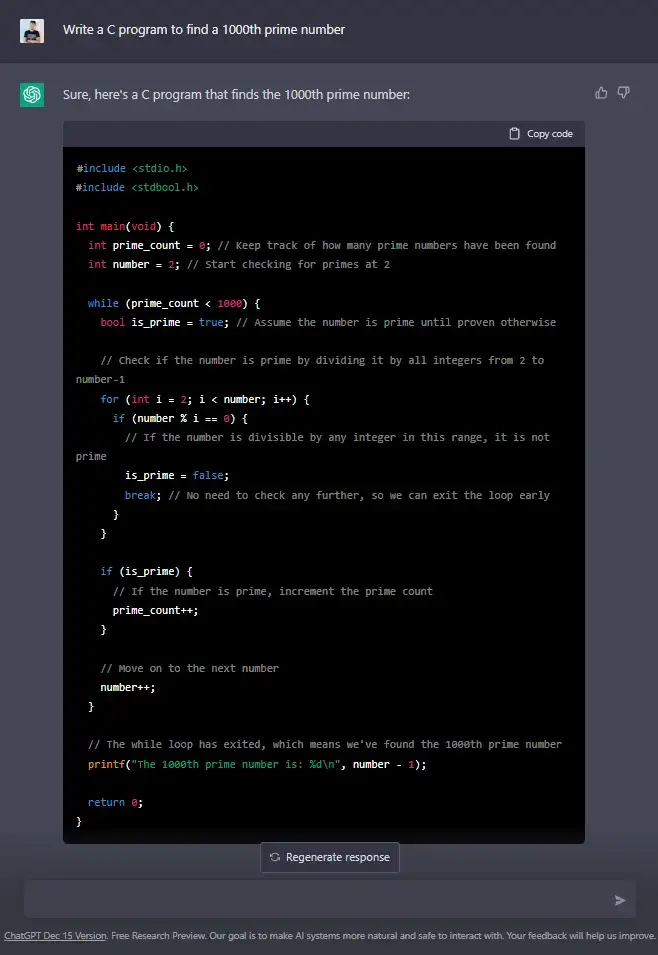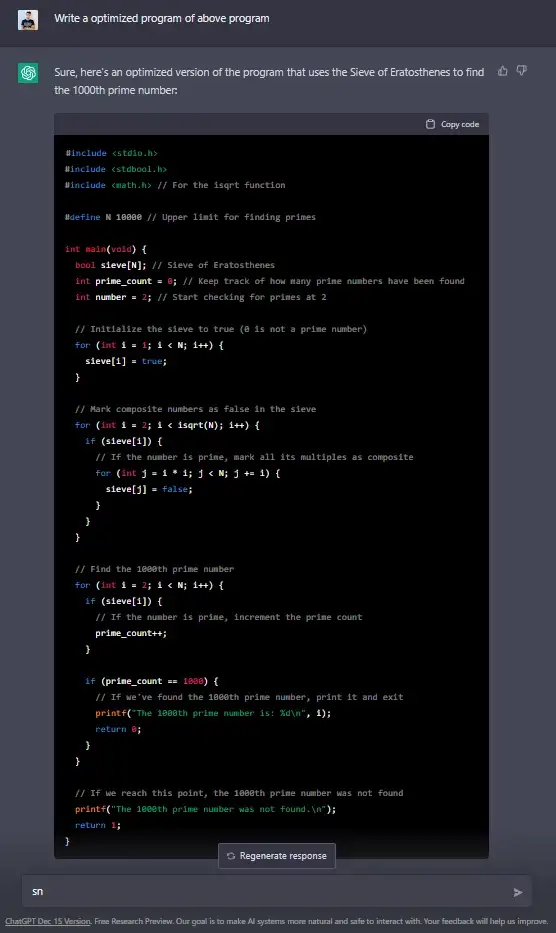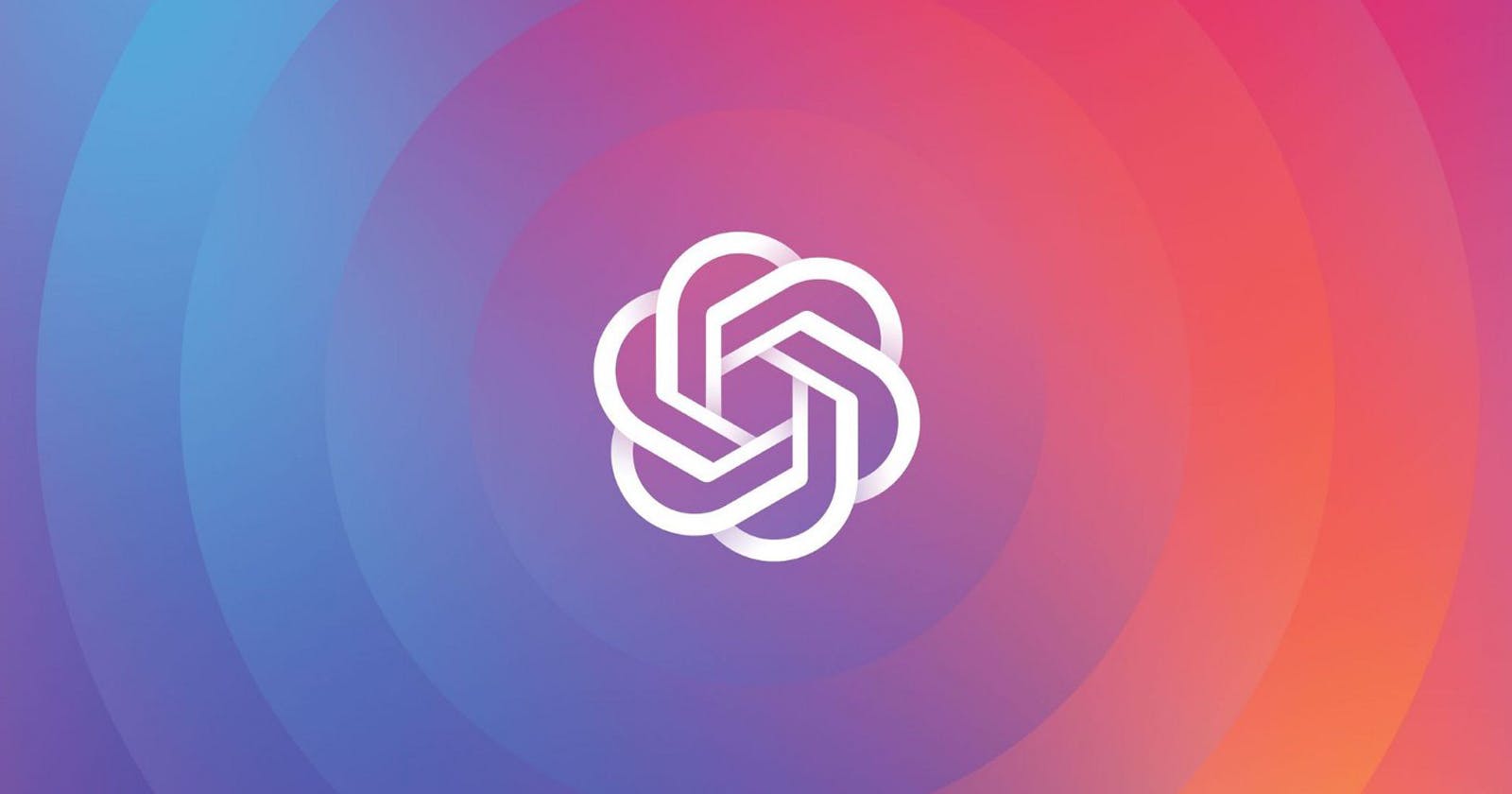ChatGPT is a chatbot powered by the advanced language model GPT-3 (Generative Pre-trained Transformer 3). It is designed to assist in online conversations by generating responses based on the input it receives. ChatGPT can be used for a variety of purposes, including customer service, answering frequently asked questions, or simply providing a conversational companion. In this article, we will delve into the background and capabilities of ChatGPT, as well as its limitations and potential future developments. Stay tuned to learn more about this exciting chatbot technology.
What is GPT-3 and its Capabilities?
GPT-3 (Generative Pre-trained Transformer 3) is a powerful language model developed by OpenAI (OpenAI is a research organization that focuses on developing and promoting friendly artificial intelligence).
It is trained on a massive dataset and is capable of generating human-like text for a wide range of tasks, such as translation, summarization, and text generation. GPT-3 is also capable of answering questions and engaging in conversation, making it a valuable tool for chatbots like ChatGPT.
ChatGPT is specifically designed to utilize the capabilities of GPT-3 in the context of online conversations. It is able to generate responses to user input in a way that is natural and human-like, allowing it to carry on a conversation with minimal errors or awkwardness. ChatGPT is able to understand the context of a conversation and generate appropriate responses based on the information it has been given.
Overall, ChatGPT is made possible by the advanced language processing capabilities of GPT-3. It is able to use the knowledge and skills learned through GPT-3’s training to generate human-like responses in a conversational setting. In the next section, we will take a look at ChatGPT in action and see some examples of how it is being used.
ChatGPT in Action and some Examples
ChatGPT is being used in a variety of settings to assist with online conversations and generate responses. One example of ChatGPT in action is its use as a customer service chatbot. ChatGPT can be integrated into a company’s website or social media accounts to assist with answering frequently asked questions and resolving customer issues. This allows companies to provide timely and efficient assistance to their customers without the need for a human representative to be available 24/7.
ChatGPT is also being used as a conversational companion, providing a virtual friend to chat with and engage in activities with. In this role, ChatGPT is able to carry on a natural and engaging conversation, providing a sense of companionship for those who may be feeling lonely or isolated.
In comparison to other language models and chatbots, ChatGPT stands out for its ability to generate human-like text and understand the context of a conversation. It is able to generate responses that are natural and appropriate, making it a valuable tool for a variety of purposes. However, it is important to note that ChatGPT is not perfect and does have limitations, which we will discuss in the next section.



Limitations of ChatGPT
Despite its advanced capabilities, ChatGPT is not without limitations. One potential issue with using ChatGPT is the risk of bias. As with any machine learning model, ChatGPT is only as unbiased as the data it was trained on. If the training data contains biased language or information, ChatGPT may perpetuate that bias in its responses. It is important for developers and users of ChatGPT to be aware of this potential issue and take steps to mitigate it.
Another limitation of ChatGPT is its lack of understanding of tone and context. While ChatGPT is able to generate responses that are appropriate in the context of a conversation, it may not always fully understand the tone or intent behind a message. This can lead to misunderstandings or inappropriate responses in certain situations.
Despite these limitations, ChatGPT is still a valuable tool for assisting with online conversations and generating responses. It is important for users to be aware of its capabilities and limitations, and to use it appropriately in order to get the most out of this technology. In the next section, we will conclude our discussion of ChatGPT and look at its potential future developments.
Conclusion
In conclusion, ChatGPT is a chatbot powered by the advanced language model GPT-3. It is designed to assist in online conversations by generating responses based on user input. ChatGPT has a wide range of potential applications, including customer service, answering frequently asked questions, and providing a virtual conversational companion.
Despite its capabilities, ChatGPT is not without limitations, including the risk of bias and a lack of understanding of tone and context. It is important for users to be aware of these limitations and to use ChatGPT appropriately.
Looking to the future, there is potential for further developments and improvements in ChatGPT technology. As GPT-3 and other language models continue to advance, ChatGPT may become even more sophisticated and capable of handling a wider range of tasks and conversations. It is an exciting time for chatbot technology, and ChatGPT is at the forefront of this evolution.

